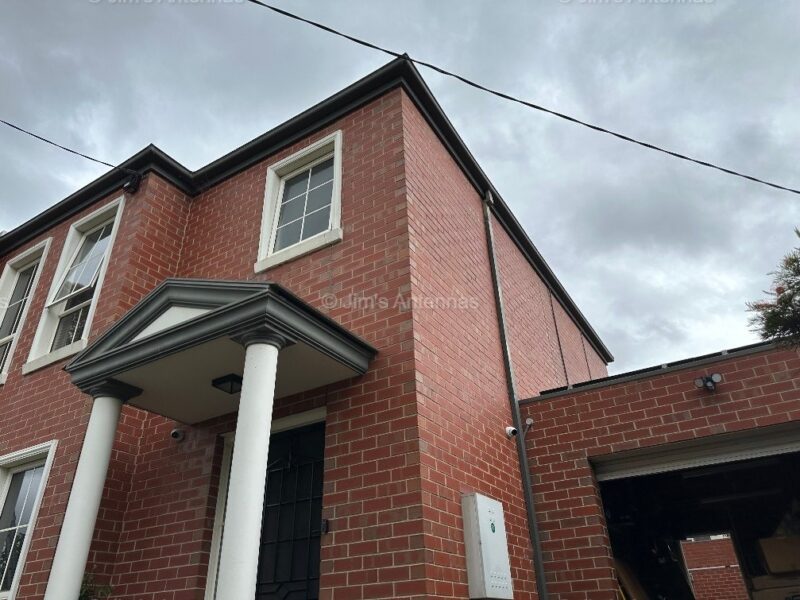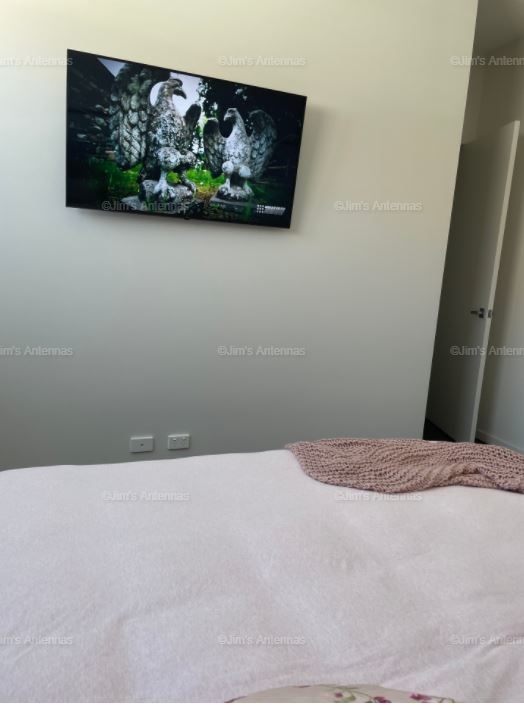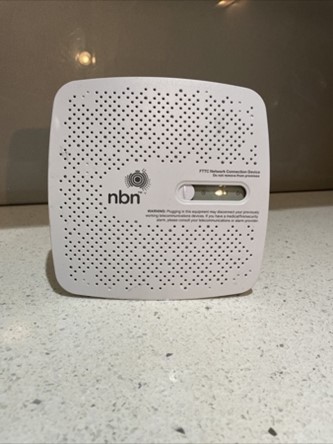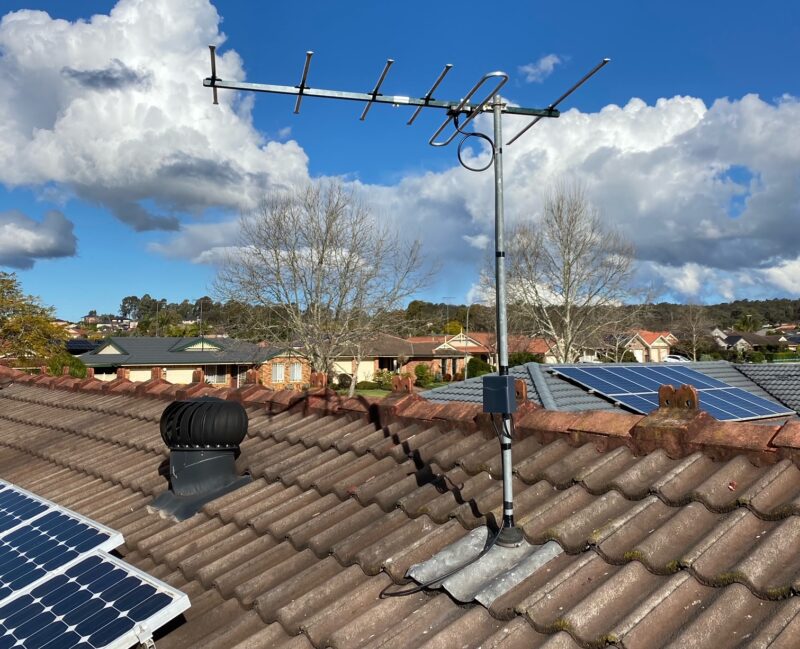A quick answer to this complicated question is that there isn’t a specific antenna that is considered the ideal solution.The antenna which will give you the best results will ultimately depend on which transmission towers are close to your property.
If you live in Brisbane or the Gold Coast, keep on reading to find out more on which antenna is best for your area.
Picking the Best Antenna for Your Area
In Australia free-to-air (FTA) TV is transmitted using two different bands: Very High Frequency commonly (VHF) and Ultra High Frequency (UHF). While VHF receives channels 6-12, UHF receives channels 28-51.
As different bands receive different channels, the antennas required for these two bands are quite different. For example, as VHF is a lower frequency, a VHF antenna will have much longer cross bars and will be larger in size compared to a UHF antenna. You may have also heard of combination antennas, which have both VHF and UHF transmitters.
In Brisbane there are two main transmission towers: Mount Coot-tha and Darlington Range.
If you receive the best signal from the Mount Coot-tha tower, using a UHF/VHF combination antenna is recommended. This will allow you to pick up all of the available government and commercial channels. However, if you don’t mind missing out on receiving the Briz 31 community channel, you can opt for a band 3 VHF only antenna. If receiving signals from either of these towers your antenna should be mounted horizontally.
If you receive the best signal from the Darlington Range tower, using a band 4 UHF antenna is recommended. The antenna should be mounted in a vertical position as the signals sent out by the Darlington Range transmitter are directional and vertically polarised.
In the Gold Coast there are three main transmission towers: Currumbin, Mt Tamborine, and Springbrook.
These towers all only transmit UHF signals – meaning you will need a UHF antenna.
Tower Polarisation (the Direction You Should Mount Your Antenna):
- Currumbin – Vertical
- Mt Tamborine – Horizontal
- Springbrook – Horizontal
The Importance of Signal Strength and Gain
TV signals get weaker over distance, if you are further away from your local transmitter, you will typically require an antenna which has a higher “gain” to achieve high quality resolution for your TV. Signal strength can also be influenced by obstructions such as hilly terrain, dense vegetation or buildings that diffuse the signal. Therefore, the strength of a signal should be measured in order to determine the level of gain that is most suitable.
Gain is also an important consideration if you plan to route the signal from your antenna to more than one television, as a signal diffuses each time it is split. The gain of an antenna is determined by its size and number of directional elements (horizontal/vertical beams). The greater the number of elements, the higher the gain of an antenna.
In situations where clients have several TV outlets or the signal strength is extremely poor (due to location or obstruction), a masthead amplifier can be installed to boost the signal strength of an antenna (assuming that the signal coming in is clean).
Recommended Brands
When choosing an antenna, no matter where you are, we always recommend going for an Australian made product as they have been designed specifically for our weather conditions.
Here at Jim’s Antennas our installers typically prefer to use antennas designed and made locally made by either Hills or Matchmaster.
Not only are these antennas made to withstand harsh conditions, but they also generally offer better warranty periods and conditions than their overseas counterparts.
What is the best TV antenna for free-to-air TV? Well there isn’t one specific antenna. It’s entirely dependent on which transmission tower you are receiving your free-to-air TV signal from and also the distance your home is from that transmitter. You’ll also need to know if there are any buildings or terrain issues blocking the signal from your nearest tower.
For any more questions about which antenna is best for your area, reception issues, or if you require assistance installing a new TV antenna, don’t hesitate to give your local Jim’s Antennas expert call on 131 546 or book a free onsite no obligation quote.



